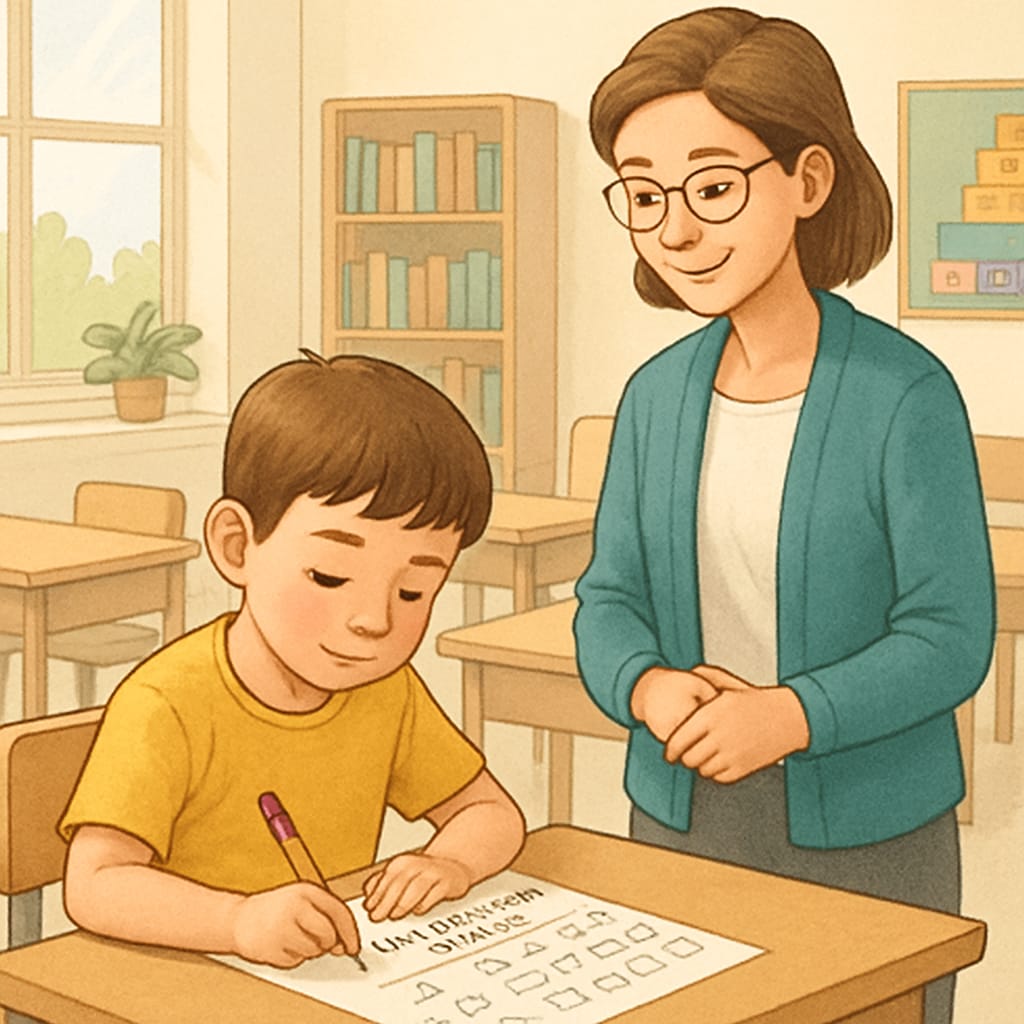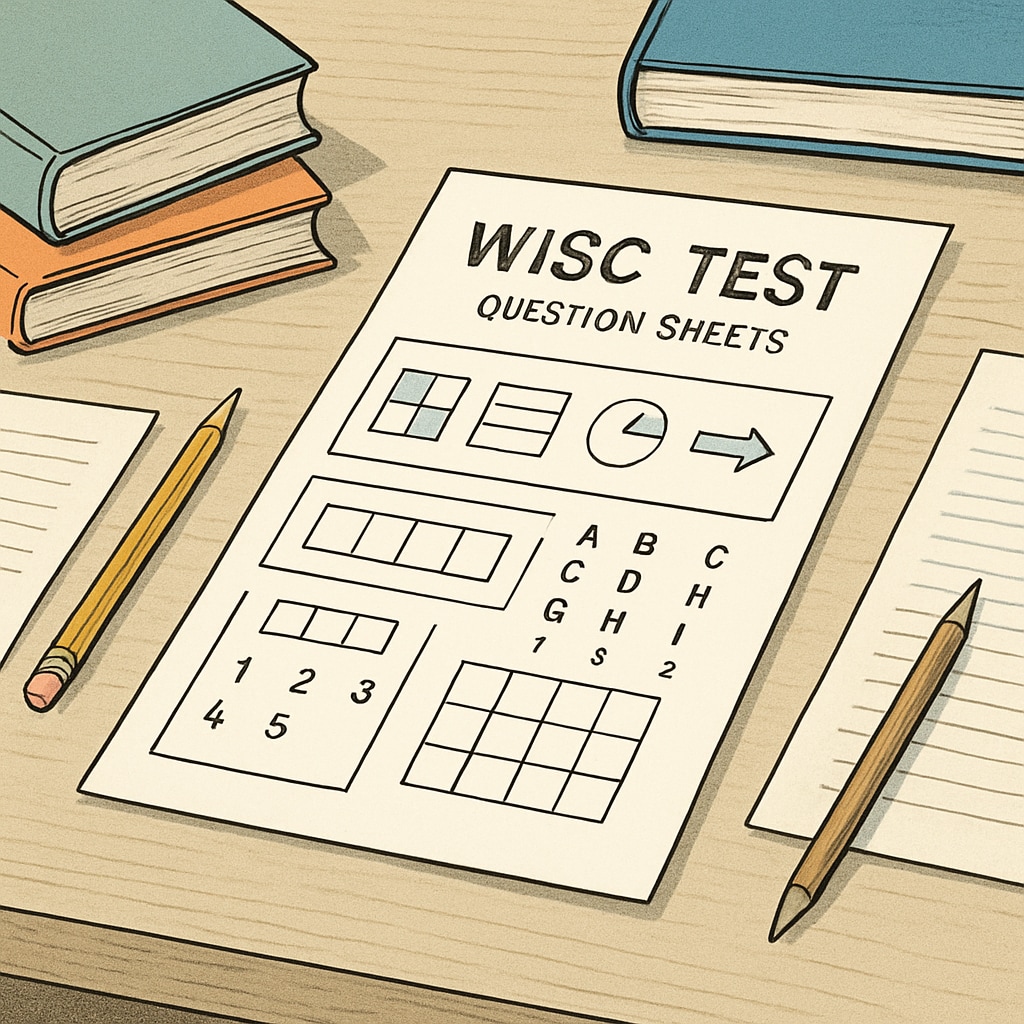Evaluating a child’s potential can be a challenging task for parents and educators. Gifted children often exhibit unique abilities that need to be identified early to ensure proper guidance and support. Choosing the right intelligence test, such as CogAT, WISC, or Stanford-Binet, is crucial to understanding a child’s strengths and fostering their development. This article dives into the features, benefits, and applications of these popular gifted assessment tools, helping you make an informed decision.
Understanding Giftedness: Why Testing Matters
Giftedness encompasses a wide range of intellectual, creative, and emotional traits. Identifying these traits early allows educators and parents to tailor educational resources to suit the child’s needs. Standardized tests like CogAT (Cognitive Abilities Test), WISC (Wechsler Intelligence Scale for Children), and the Stanford-Binet Intelligence Scale are widely used to assess children’s cognitive abilities and potential.

CogAT: Cognitive Abilities Test
The CogAT is designed to measure reasoning abilities across verbal, quantitative, and nonverbal domains. It is particularly useful for identifying gifted children who excel in abstract thinking and problem-solving skills. The test provides a detailed profile of a child’s strengths and weaknesses, making it a valuable tool for educators planning differentiated instruction.
- Strengths: Effective for group testing; assesses academic potential.
- Suitable for: Children aged 5–18; ideal for early identification of giftedness.
- Key Feature: Highlights nonverbal reasoning, useful for children from diverse linguistic backgrounds.
For more information, visit the CogAT Wikipedia page.
WISC: Wechsler Intelligence Scale for Children
The WISC is a comprehensive test that evaluates a child’s intellectual abilities through various subtests. It measures verbal comprehension, working memory, and processing speed, making it ideal for diagnosing specific learning disabilities alongside giftedness.
- Strengths: Offers detailed insights into cognitive strengths and weaknesses.
- Suitable for: Children aged 6–16; ideal for individualized educational planning.
- Key Feature: Pinpoints areas requiring intervention or enrichment.

Learn more about the WISC at Britannica.
Stanford-Binet: A Legacy in Intelligence Testing
The Stanford-Binet Intelligence Scale is one of the oldest and most respected tools for assessing intellectual abilities. It measures five factors of cognitive development: fluid reasoning, knowledge, quantitative reasoning, visual-spatial processing, and working memory. This test is especially suitable for identifying exceptional giftedness.
- Strengths: Recognized for high reliability and depth of analysis.
- Suitable for: Children aged 2–18; effective for assessing extreme giftedness.
- Key Feature: Ideal for identifying both strengths and weaknesses across multiple domains.
Visit the Stanford-Binet Wikipedia page for additional details.
Choosing the Right Test for Your Child
Each test offers unique benefits and is suited to different age groups and assessment goals. Consider the following factors before making a decision:
- Age and developmental stage of the child.
- Specific areas of giftedness you wish to identify (e.g., verbal, nonverbal, memory).
- Educational goals and plans for enrichment programs.
Consulting with a psychologist or educational specialist can help guide your choice, ensuring the test aligns with your child’s needs and potential.
Final Thoughts: Identifying a child’s unique abilities through standardized testing is just the first step. Supporting their growth and providing appropriate challenges will foster their talents and set them on the path toward success. Whether you choose CogAT, WISC, or Stanford-Binet, the key is to use the insights gained to nurture your child’s potential and help them thrive.


